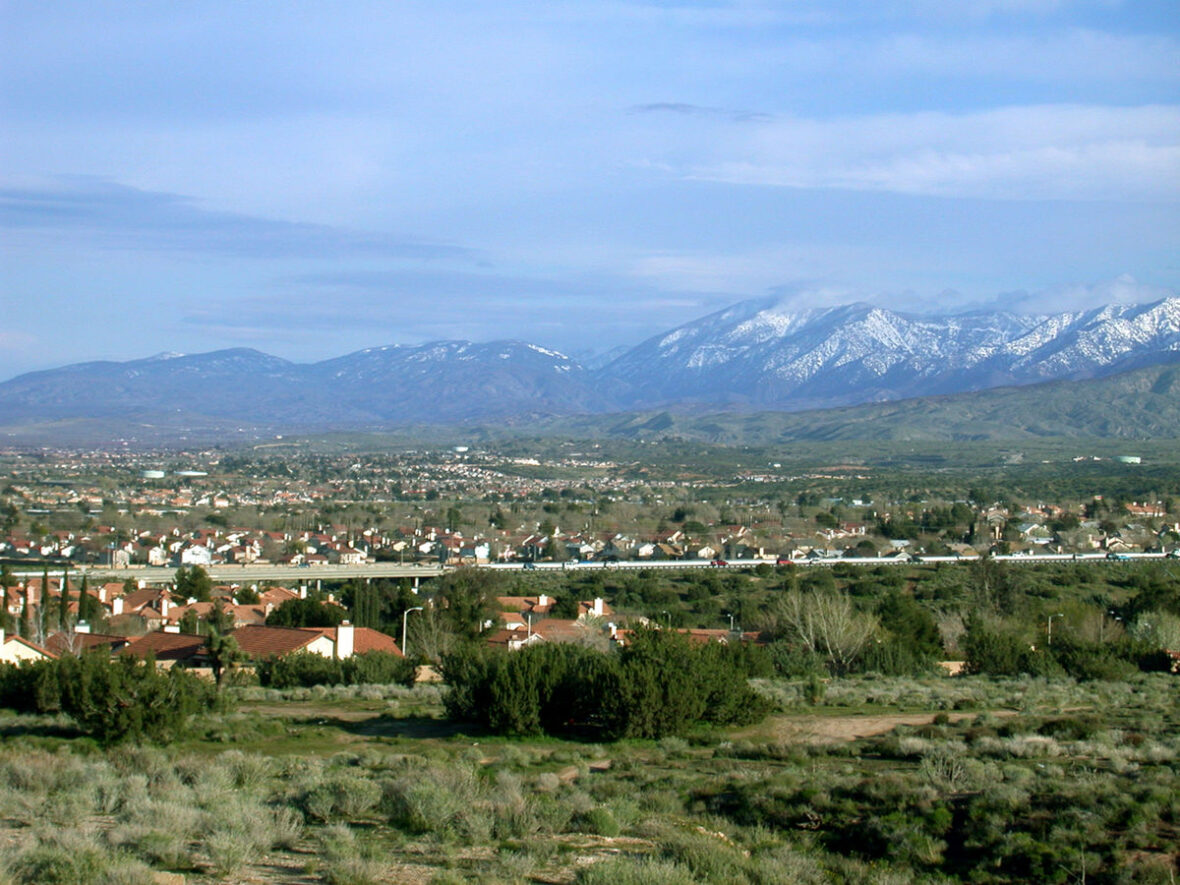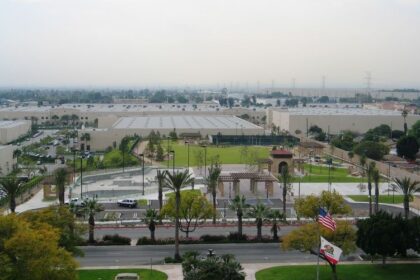Palmdale is a city in northern Los Angeles County in the U.S. state of California. Take a look below for 20 interesting and fun facts about Palmdale, California, United States.
1. The city lies in the Antelope Valley region of Southern California.
2. The San Gabriel Mountains separate Palmdale from the Los Angeles Basin to the south.
3. On August 24, 1962, Palmdale became the first community in the Antelope Valley to incorporate.
4. Forty-seven years later, in November 2009, voters approved making it a charter city. Palmdale’s population was 152,750 at the 2010 census, up from 116,670 at the 2000 census.
5. Palmdale is the 35th most populous city in California.
6. Together with its immediate northern neighbor, the city of Lancaster, the Palmdale/Lancaster urban area had an estimated population of 513,547 as of 2013.
7. Palmdale was first inhabited by Native Americans.
8. Populated by different cultures for an estimated 11,000 years, the Antelope Valley was a trade route for Native Americans traveling from Arizona and New Mexico to California’s coast.
9. Spanish soldier Captain Pedro Fages explored the Antelope Valley in 1772. The opening of California to overland travel through the forbearing desert was due to Captain Juan Bautista de Anza and Father Francisco Garces, a Spanish padre. They led a colonizing expedition including 136 settlers across the Mojave Desert from Mexico to Monterey in 1773.
10. Later in 1776 while exploring the Valley, Garces with several Indian guides from the San Gabriel Mission recorded viewing the vast expanse of what was the El Tejon Rancheria (the Badger Ranch) of the Cuabajoy Indians. After the Shoshone Indians left the valley, immigrants from Spain and Mexico established large cattle ranches there. Then, in the late 1880s, the ranches were broken up into smaller homesteads by farmers from Germany, France and the state of Nebraska.
11. “Palmenthal”, the first European settlement within the limits of Palmdale, was established as a village on April 20, 1886, by westward Lutheran travelers from the American Midwest, mostly of German and Swiss descent.
12. According to area folklore, the travelers had been told they would know they were close to the ocean when they saw palm trees. Never actually having seen palm trees before, they mistook the local Joshua trees for palms and so named their settlement after them.
13. According to David L. Durham Joshua trees were sometimes called yucca palms at the time, which was the reason for the name. The village was officially established upon the arrival of a post office on June 17, 1888.
14. By the 1890s (soon after the last of the indigenous antelopes, which the valley was named after, had died), farming families continued to migrate to Palmenthal and nearby Harold to grow grain and fruit. However, most of these settlers were unfamiliar with farming in a desert climate, so when the drought years occurred, most abandoned their settlement.
15. By 1899, only one family was left in the original village. The rest of the settlers, including the post office, moved closer to the Southern Pacific railroad tracks. This new community was renamed Palmdale and was located where the present day civic center is. A railroad station was built along the tracks there. This railroad was operated by Southern Pacific and traveled between Los Angeles and San Francisco.
16. The Wells Fargo stagecoach line that ran between San Francisco and New Orleans stopped there as well. The only remaining pieces of evidence of the original settlements of Palmenthal and Harold are the old Palmdale Pioneer cemetery located on the northeast corner of Avenue S and 20th Street East, recently acquired and restored by the city as part of a future historical park, and the old schoolhouse now relocated to McAdam Park.
17. As the population of Palmdale began to increase after relocation, water became scarce, until November 5, 1913 when the California – Los Angeles Aqueduct system was completed by William Mulholland, bringing water from the Owens Valley into Los Angeles County. During this period, crops of apples, pears and alfalfa became plentiful.
18. In 1915, Palmdale’s first newspaper, the Palmdale Post, was published. Today it is called the Antelope Valley Press.
19. In 1921, the first major motor vehicle link between Palmdale and Los Angeles was completed, Mint Canyon/Lancaster Road, later designated U.S. Route 6. Completion of this road caused the local agricultural industry to flourish and was the first major step towards defining the metropolis that exists today. Presently this road is known as Sierra Highway.
20. In 1924, the Little Rock Dam and the Harold Reservoir, present day Lake Palmdale, were constructed to assist the agricultural industry and have enough water to serve the growing communities.




